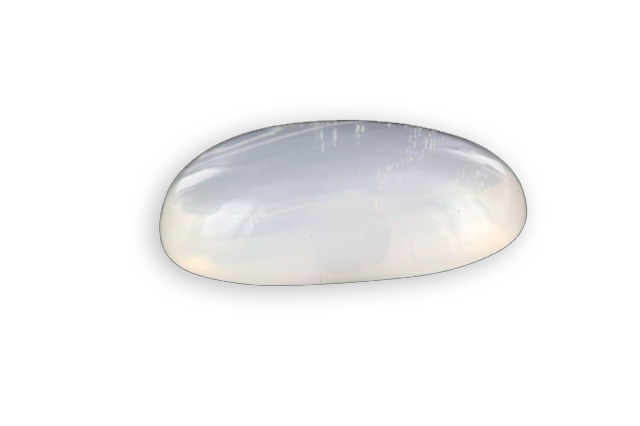
rhodochrosite
The gem variety, which is only marketed since 1950, yet named dialogite or “Inca Rose”, saw its name derived from the Greek “rhodon” for rose. In fact, the term dialogite was reserved to rhombohedral crystals. It is of a pinkish red to yellowish color, with








